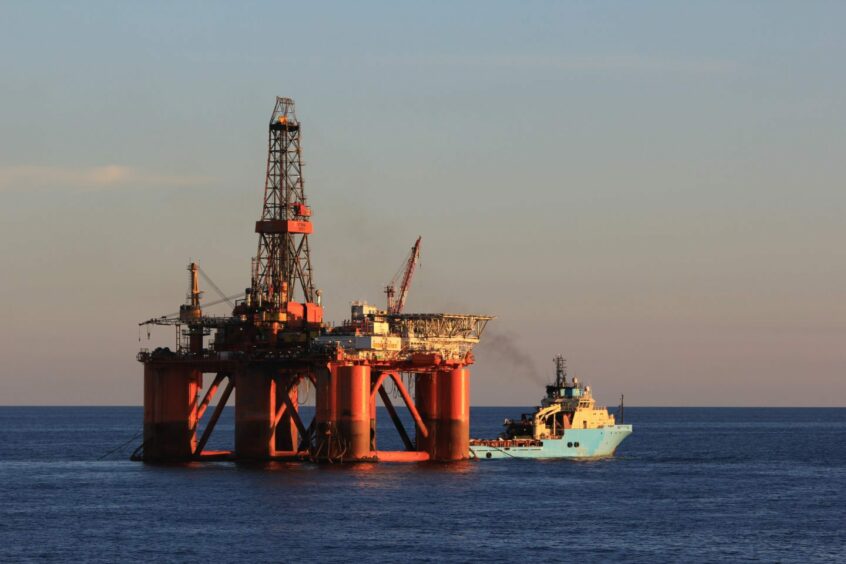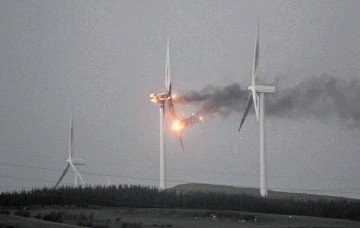
A company failed to react quickly enough to weather warnings which saw its North Sea rig lose half of its anchors in a heavy storm, an investigation has found.
The Health and Safety Executive (HSE) has blamed poor procedures for the Stena Spey incident, placing the safety of the crew at risk during the furious Storm Babet in October.
Forty-five non-essential staff working aboard the Stena Spey drilling rig were airlifted to safety after four of the unit’s eight anchors became detached in the early hours of October 21 during Storm Babet.
Two Coastguard helicopters and a search and rescue helicopter were involved in the evacuation operation – which made national headlines – while a further 44 crew members remained on board.
The severe storm hit while Stena Drilling was spudding an appraisal well at Ithaca Energy’s K2 prospect in the central North Sea, around 145 miles off the Aberdeenshire coast.
An investigation in the wake of the incident has found that poor guidance procedures were to blame, resulting in Stena failing to respond quickly enough to weather warnings.
The company said it viewed the findings with the “utmost seriousness” and has implemented a number of measures in the wake of an internal probe following the event.
An improvement notice issued to the rig operator by the HSE says it failed to provide “comprehensible instructions” on the safety actions required during weather conditions that would likely exceed safe operating limits.
HSE inspectors said various documents covering safety processes for severe weather and environmental conditions did not include vital information such as environmental limits for safe operation of the rig’s anchor winches and contained “contradictory information” on when to prepare to shut down operations in response to weather forecasts.
It found these procedures were also written in a manner which would increase the likelihood of errors, with multiple actions detailed in single steps and “ambiguous language” used – with phrases such as “timely decision” and “if the situation requires” identified for particular scrutiny.
This meant that despite receiving weather forecasts from 15 October onwards which indicated that the limits for both the well riser and mooring lines were likely to be exceeded on 19 October, the installation did not unlatch from the well in sufficient time to prevent the riser being exposed to a sea state beyond its identified limits.
Neither did the rig move to “survival mode” in sufficient time to maintain its mooring systems – all of which put the safety of the rig and those onboard at risk.
Stena Drilling confirmed it was aware of the HSE notice and said it had taken the precaution of unlatching the vessel from the well in advance of the storm.
“The company takes any such incident with the utmost seriousness and following its own internal investigation has initiated a number of measures to ensure both the safety of all those onboard a Stena vessel but also those who might be affected ashore,” it added.
“Stena Drilling welcomes the findings of the HSE and confirms that the safety and security of all those involved in Stena operations is its first and foremost priority.”
Built in 1983, the semi-submersible Stena Spey has accommodation on board for up to 120 people and can drill to a maximum depth of 25,000 ft in around 450m of water.
Its moorings consist of eight 3” K4 anchor chains with an average length of 1,500m, according to Stena’s website.
In the days after the storm, two anchor-handling vessels were dispatched to the scene to begin anchor recovery operations.
According to recent satellite data, the Spey is now moored off Invergordon in the Cromarty Firth.
Stena Drilling has until the end of February to improve its processes.
Updated 1300 05/01/24 with comments from Stena Drilling.
Recommended for you
